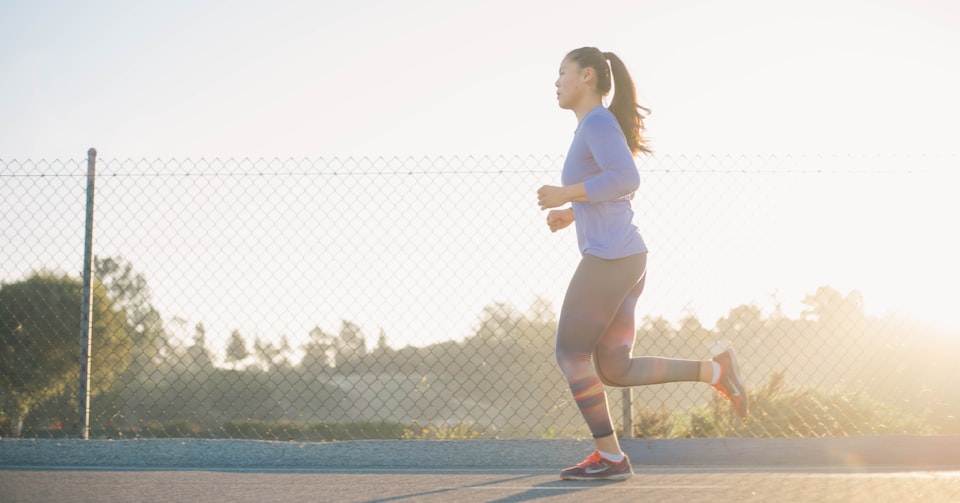Brain Injury and exercise

We all know that exercise has many benefits, but what exercises can you do after a brain injury? Hopefully this post will help and inspire you to try a new fitness activity.
Why exercise at all?
It has been said that if exercise was a pill it would sell in the billions. The NHS would like everyone on the UK to move more, as exercise can:
- "reduce your risk of major illnesses, such as heart disease, stroke, type 2 diabetes and cancer by up to 50%
- and lower your risk of early death by up to 30%."
There is plenty of medical research to back up that claim.1
Brain Injury, fatigue and exercise.
The effects of exercise on those recovering from a brain injury can be helpful and encouraging for both body and mind. Headway UK reports that daily exercise can have an “energising effect and research shows that it can have a positive effect on mood. Exercise can also help you to sleep more deeply.”2
For those who find that everyday is a struggle through the fog of fatigue, the thought of fitting in exercise can be overwhelming. But it turns out that exercise has a positive effect on fatigue levels. It increases your stamina and helps you to do more over time.
Resuming exercise after a brain injury.
I have always been an active person, but the bleed in my brain happened because of a terrible tackle during a football match. Just before that injury, I was playing several football matches a week and was regularly clocking up 40miles on my weekly cycle commute. It was a shock to become nearly immobile overnight. Between the balance issues, vertigo, nausea, dizziness and all encompassing fatigue there were months when I couldn’t move far from the sofa. On the few occasions I did make it outside, audio and visual hallucinations combined with the balance problems to make the world a dangerous place.
The road to a proper diagnosis and the correct treatment took over a year. In that time, my fitness collapsed, my weight ballooned and my mental health was in tatters. Even before I could get into a brain injury clinic the GP was urging me to get back to a bit of exercise. It seemed a distant prospect as the fear was all encompassing. I was terrified of getting another blow to the head.
Where to start?
I needed to overcome my fear of another injury as well as the dizziness, vertigo, imbalance and hallucinations. This meant finding exercises which would minimise the risk of another head injury, would push my much reduced fitness levels without being over taxing and was entertaining enough to distract from the anxiety of simply moving at all.
The starting point was Tai Chi, a series of slow, repeated movements of the arms and legs which had no physical contact with anyone else. The GP had recommended it to help with the dizziness, but the biggest initial effect was on my spatial awareness. I stopped walking into things and no longer banged into door frames or cupboards. It seemed that the repetitive exercises ‘taught’ my brain where the arms and legs were so I could unconsciously account for them while walking round. That was only my impression, and there is some evidence that practising Tai Chi reduces the number of falls in the elderly and frail, though more research is needed. 3
After six months of daily practice, I was ready for a bigger challenge. The local community centre has held yoga classes for years. And for years I would walk past thinking, ‘must get there one day’. So one day, I did. The relevant principles are similar to Tai Chi. The body is guided through a series of repetitive movements, only at a more challenging level.
In the first class I could barely keep up. Everything was new, the instructions, the poses, the protests from muscles which hadn’t been used in months. But I left exhausted and exhilarated. It was fun! I signed up for a beginners class that week and slowly but surely worked to become stronger and more flexible. I still remember the joy of my first side-arm plank.
Exercise and brain injury rehabilitation
Eighteen months after the injury I was finally seen by the vestibular physiotherapy clinics. By then my balance system was beginning to reassert itself. There was still more to do, so the next challenge was to get back on the bike. Under their supervision, my stamina gradually improved from a slow and steady ride round the neighbourhood to a return to the cycle commute through central London.
The brain injury was five years ago and I still avoid football & other contact sports. But I now attend regular yoga classes, run, swim and cycle for errands & fun. Even difficult days are much improved with a gentle just walk round the neighbourhood. It is noticable that if I go a few days without exercise of some type I will experience disrupted sleep and a reversion to the dizziness & migraines. For this reason, daily exercise is a priority. In fact, I am fitter now that I was before the brain injury.
Ideas for exercising with a brain injury.
Every injury is different, and the above suggestions will not work for everyone. Headway UK can help, with more suggestions on their website to help inspire you get get a little more active. It doesn’t have to be much, and we can’t expect to do everything at once. Take it easy and remember that just a few minutes strolling around the block can lead to bigger and better things.
Good luck!
- NHS website, ‘Benefits of exercise’. https://www.nhs.uk/live-well/exercise/exercise-health-benefits/ Accessed August 2019.
- Headway UK, ‘Drained by fatigue? Try these 8 ways to cope after brain injury’. https://www.headway.org.uk/news-and-campaigns/news/drained-by-fatigue-try-these-8-ways-to-cope-after-brain-injury/ Accessed August 2019.
- NHS, ‘Prevention, Falls.’ https://www.nhs.uk/conditions/falls/prevention/ Accessed August 2019

Member discussion